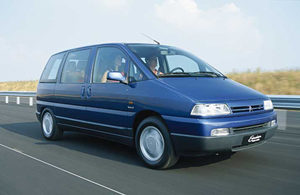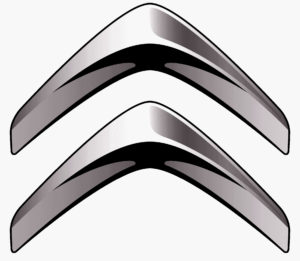The rise of the people carrier
The sudden popularity of the people carrier market in the early ‘90s caught Citroën slightly on the hop.
For years, they’d had seven-seat versions of their large cars. Traction, DS & CX had all had Familiale versions, but there were no plans to repeat that with the XM estate. The fact that the Renault Espace had been the real break-through car in Europe must have made their lack of a competitor even more galling, since they’d let the Espace go in the first place.

Originally designed by Matra for Chrysler Europe, the Espace was close to production under the Talbot badge when PSA took Chrysler Europe over in 1980. They decided that it was not a vehicle they wished to build, and Matra went elsewhere to find a partner. Renault were interested, and the rest is history.
PSA’s commercial vehicle partnership with Fiat, SEVEL, eventually resolved this gap and the ‘Eurovan’ was released in 1994. Also badged as the Peugeot 806, Fiat Ulysse and Lancia Zeta, the Evasion was a fairly conventional five-to-seven seat people carrier, with sliding doors for the rear passengers. The biggest surprise was probably that the only differences between brands were cosmetic, with exterior changes restricted to nose & tail light treatments. As PSA were the senior partner in the French SEVEL Nord plant, where the Eurovan was developed and assembled for all four brands, largely PSA components were used, including the familiar XU/XUD mechanicals, even on the Fiat and Lancia badged versions. However, no hydropneumatic suspension was to be found, with the layout bearing strong similarities to the ZX, 406 etc. The basic structure of the vehicle was also used for the mid-size vans, badged as Citroen Jumpy/Expert, Peugeot Despatch and Fiat Scudo.
For the UK, the Evasion badge was felt to carry negative overtones (particularly since it invited jokes about non-payment of tax…), so was changed to Synergie. Along with other Lancia models, the Tau never came to these shores, with the marque still absent after the Beta’s reputation for rot in the ’70s.
A mild facelift in 1998 was the only significant change to the vehicle until replacement in 2002 by the Eurovan2 siblings, including the C8.


